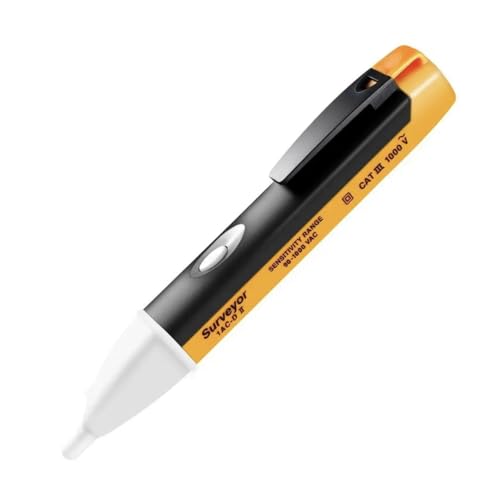- Joined
- Jun 21, 2008
- Messages
- 17,020
- Reaction score
- 45
Redoing a conservatory. Want to move washing machine to a new stud wall. Neatest way will be a trench in the concrete slab for water and electric.
How deep does that need to be? Foot traffic only, will have commercial vinyl floor glued on top. Can water and electric share a trench - if so how much of a gap? (hot/cold/power). 3 separate conduits.
Can I use this conduit for electric AND water or is electrical conduit different
https://www.screwfix.com/p/jg-speedfit-conduit-pipe-15mm-x-25m/72840
Will be an electrician who connects up if he can come when I want, otherwise it will be me!
How deep does that need to be? Foot traffic only, will have commercial vinyl floor glued on top. Can water and electric share a trench - if so how much of a gap? (hot/cold/power). 3 separate conduits.
Can I use this conduit for electric AND water or is electrical conduit different
https://www.screwfix.com/p/jg-speedfit-conduit-pipe-15mm-x-25m/72840
Will be an electrician who connects up if he can come when I want, otherwise it will be me!









![TUOFENG 12 Gauge Silicone Wire -6 Meter [3 m Black and 3 m Red] 3.3mm² Soft and Flexible Electrical Wire for DIY Projects and Electrical Applications](https://m.media-amazon.com/images/I/51+++DjJ1DL._SL500_.jpg)






















































